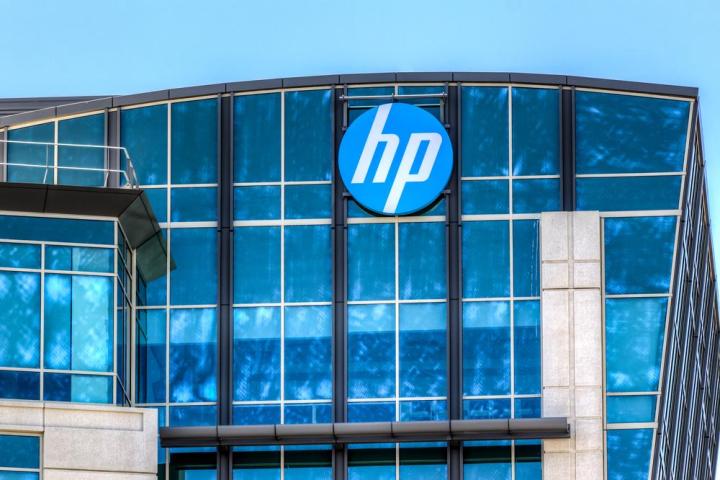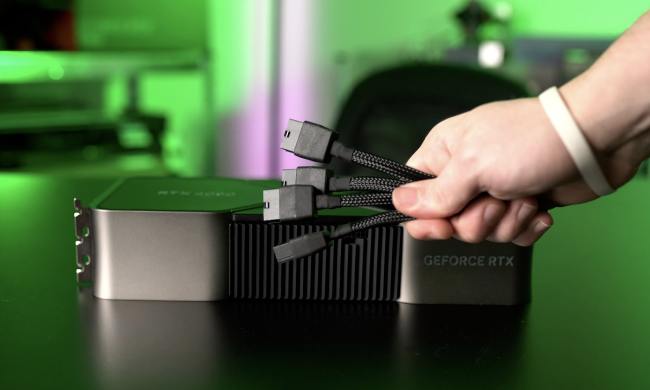
The planned reduction in staff represents around 10 percent of the company’s current workforce and is projected to lead to savings of about $2.7 billion a year.
According to the Wall Street Journal, most of the losses will hit the company’s enterprise services group that deals with consulting and call center operations.
Including these latest losses, HP has laid off around 85,ooo employees since Meg Whitman took charge of the company four years ago.
In a meeting on Tuesday, the CEO attempted to reassure those connected with the company, saying that the “significant amount of work” carried out in the last few years “will eliminate the need for any future corporate restructuring.”
Separation
The losses come as HP prepares to reinvigorate its business by separating into two divisions this November. Its consumer PC and printing business will operate under HP Inc. while its technology infrastructure, software and services businesses will go by the name Hewlett-Packard Enterprise.
The split will see Whitman become chairwoman of HP Inc. and CEO of Hewlett-Packard Enterprise. Dion Weisler, currently executive VP of the company’s printing and personal systems business, will lead HP Inc.
HP was founded in 1939 by Bill Hewlett and Dave Packard. Once the world’s leading PC maker, the firm has had to face tough competition from younger and more innovative rivals that have put pressure on its share of the market.
But the California-based company certainly isn’t the only tech firm to cut its workforce in response to market conditions. Microsoft, for example, has been shedding workers over the last couple of years, while the likes of Sony, Cisco, and HP competitor Lenovo, to name a few, have also cut jobs.


